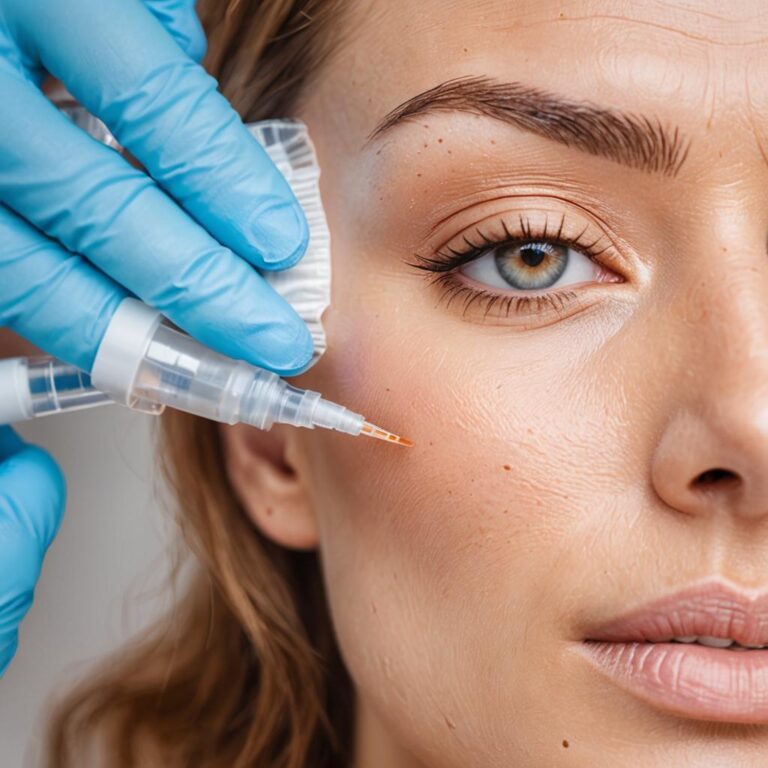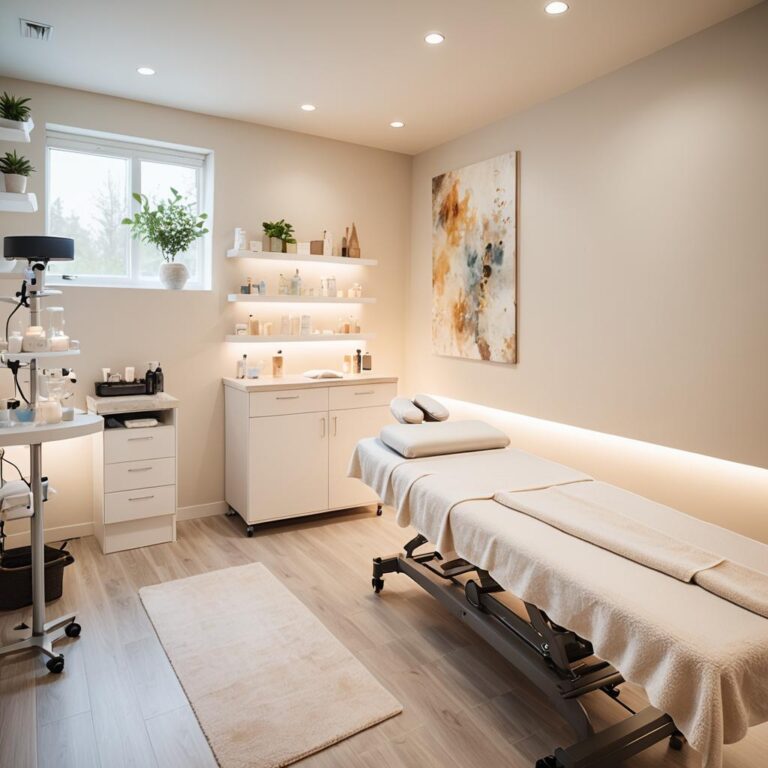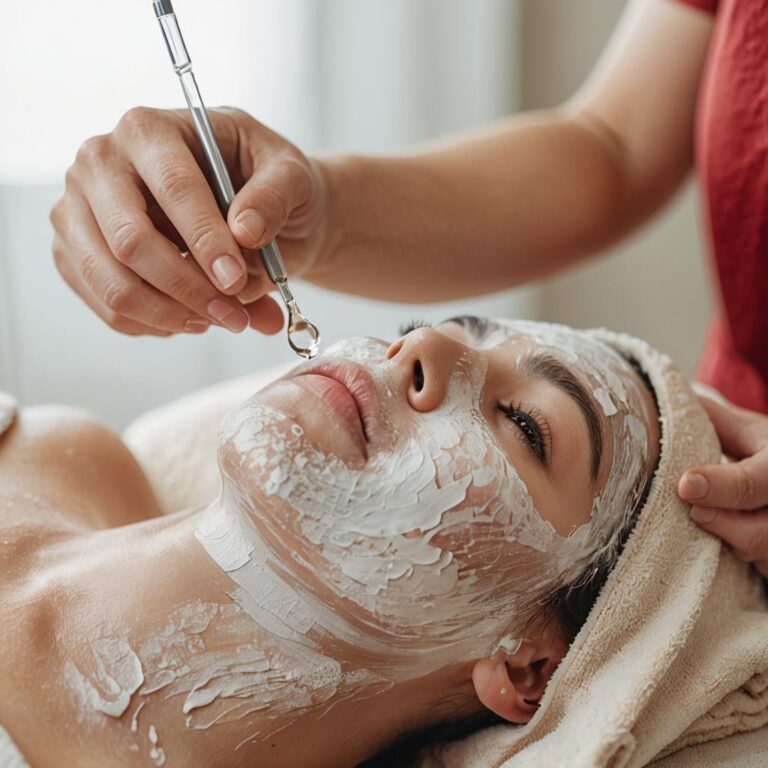Achieving your desired appearance often requires professional assistance, and for many, a tummy tuck is a transformative option. While various cosmetic procedures are available, the tummy tuck stands out as a popular and effective method for body contouring, offering high satisfaction rates. Many individuals have experienced enhanced abdominal shape and improved self-confidence by removing excess skin and fat while tightening the underlying muscles. With a focus on delivering natural-looking results that align with each patient’s unique goals, you can expect expert guidance and exceptional outcomes as you embark on your journey to a more confident you.
A tummy tuck, also known as abdominoplasty, is a surgical procedure designed to remove excess skin and fat from the abdominal area while tightening the underlying muscles. This procedure is often sought by individuals who have experienced significant weight loss, pregnancy, or aging, which can lead to loose or sagging skin and weakened abdominal muscles.
During a tummy tuck, a surgeon makes a horizontal incision across the lower abdomen, allowing for the removal of excess skin and fat. The abdominal muscles are then tightened and sutured into place to create a flatter, firmer appearance. The remaining skin is pulled down and the incision is closed, resulting in a smoother abdominal contour.
A tummy tuck can improve the overall shape of the body and enhance self-confidence, but it is not a weight-loss procedure. Ideal candidates are usually at or near their target weight and are seeking to address specific concerns related to their abdominal appearance. Recovery from a tummy tuck typically involves a period of rest and wearing a compression garment to aid in healing.
A tummy tuck, or abdominoplasty, offers numerous benefits for individuals looking to enhance their abdominal appearance. It significantly improves abdominal contour by removing excess skin and fat, resulting in a flatter, more toned abdomen. The procedure also tightens the underlying muscles, which can be particularly beneficial for those who have experienced muscle separation due to pregnancy or weight loss. Many patients experience increased self-confidence and body satisfaction, feeling more comfortable in their clothing.
Additionally, a tummy tuck effectively addresses loose or sagging skin, creating a smoother, more youthful look. It can lead to better posture and spinal alignment by tightening abdominal muscles, potentially alleviating back discomfort. The results can be long-lasting when paired with a healthy lifestyle. Tummy tucks can also be customized to individual needs, with options such as mini tummy tucks or extended procedures. Overall, a tummy tuck can be transformative for those seeking to improve their abdominal appearance and boost their confidence.
A tummy tuck, or abdominoplasty, effectively addresses various aesthetic concerns by removing excess skin and fat from the abdominal area while tightening the underlying muscles. This procedure is particularly beneficial for individuals who have experienced significant weight loss, pregnancy, or aging, resulting in loose or sagging skin that doesn’t respond to diet and exercise. By sculpting the abdomen, a tummy tuck enhances body contours and creates a flatter, more defined waistline, contributing to a more balanced overall silhouette. The procedure can also help improve the appearance of stretch marks, especially those located below the navel. Additionally, a tummy tuck can boost self-esteem and confidence, allowing individuals to feel more comfortable in their bodies. With proper care and a healthy lifestyle, the results of a tummy tuck can be long-lasting, making it a popular choice for those seeking significant abdominal improvement.
A suitable candidate for a tummy tuck is typically someone in good overall health who wants to achieve a flatter and more toned abdominal area. Ideal candidates may include individuals who have experienced significant weight loss, gone through pregnancy, or are dealing with the natural effects of aging that have led to excess skin and weakened abdominal muscles. While there isn’t a strict weight requirement, candidates should be at or near their target weight, as the procedure is designed to contour the body rather than serve as a weight-loss solution. Good skin elasticity is also important, as it allows the skin to adapt better to the new shape after surgery. Additionally, non-smokers or those willing to refrain from smoking before and after the procedure are preferred, as this contributes to better healing and outcomes. It’s essential for candidates to have realistic expectations regarding the results and understand that a tummy tuck primarily addresses excess skin and muscle tightening, rather than fat removal alone. Finally, maintaining a healthy lifestyle after the procedure is vital to preserve the results and prevent weight fluctuations that could affect the appearance of the abdomen.
Complementary procedures for a tummy tuck can significantly enhance the overall aesthetic outcome by addressing related concerns and improving body proportions. Commonly paired with a tummy tuck, liposuction is often performed to remove stubborn fat deposits around the abdomen and flanks, further enhancing the contour of the waistline. Many individuals choose to combine a tummy tuck with a breast lift or augmentation to achieve a more balanced silhouette, particularly after significant weight loss or pregnancy. Other procedures, such as a thigh lift or arm lift, can be performed simultaneously to eliminate excess skin and create a more toned appearance in those areas. For a complete body makeover, some patients opt for facial enhancements, like a facelift or neck lift, to ensure a harmonious overall look. Additionally, non-invasive treatments, such as laser skin tightening or radiofrequency therapies, can complement the surgical results by improving skin elasticity and firmness in the abdominal region. This holistic approach helps patients achieve their desired body shape and boosts overall confidence.
Preparing for a tummy tuck involves following your surgeon’s preoperative guidelines carefully to ensure the best possible outcomes. This preparation may include stopping certain medications, particularly blood thinners, and quitting smoking to enhance healing. It’s crucial to maintain a balanced diet and stay hydrated in the weeks leading up to the surgery, while also avoiding alcohol to minimize risks. Additionally, planning for transportation and assistance during your recovery is important, as you may have limited mobility initially. Open communication with your surgeon about your expectations and confirming your overall health status will help establish a solid foundation for a successful tummy tuck procedure and a smooth recovery process.
The tummy tuck procedure encompasses several important steps to achieve the desired results. First, anesthesia is administered to ensure the patient is comfortable throughout the surgery. The surgeon then makes incisions, usually positioned discreetly to minimize scarring, to access the abdominal area. Excess skin and fat are removed, and the underlying muscles may be tightened for a firmer appearance. After reshaping the abdomen, the incisions are closed with sutures. Recovery from a tummy tuck typically involves several weeks of rest, during which patients should adhere to detailed post-operative care instructions provided by their surgeon. Following these guidelines is crucial for promoting optimal healing and achieving the best possible outcome from the procedure.
Recovery after a tummy tuck focuses on rest and avoiding strenuous activities for a few weeks to allow the body to heal properly. Adhering to your surgeon’s detailed post-operative care instructions is vital for optimal recovery, particularly regarding wound care and medication management. To alleviate swelling and discomfort, using cold compresses and taking prescribed pain medications can be beneficial. It is also important to attend all follow-up appointments, as these visits allow your surgeon to monitor your progress and address any concerns you may have. As you begin to resume your regular activities, it’s essential to do so in accordance with your surgeon’s recommendations to ensure a smooth recovery and achieve the best results from your tummy tuck.
After a tummy tuck, it’s crucial to prioritize rest and refrain from engaging in strenuous activities for several weeks. Adhering closely to your surgeon’s detailed instructions on wound care and medications is essential for a smooth recovery. Elevating the treated areas can help minimize swelling, while cold compresses may provide relief from discomfort. Staying hydrated and maintaining a nutritious diet will further support your healing process. Attending all scheduled follow-up appointments is important to monitor your recovery progress and address any concerns with your surgeon.
After a tummy tuck, you can anticipate a refreshed appearance with improved abdominal contours and a flatter stomach. The procedure effectively removes excess skin and fat, addressing stubborn areas and enhancing your overall silhouette. While some swelling may initially mask the final results, significant improvements will become apparent as you heal. The outcomes are typically long-lasting; however, factors like natural aging and lifestyle changes may lead to variations in your appearance over time, potentially prompting the need for additional treatments to maintain your enhanced look.
When considering a tummy tuck, it’s essential to explore the various options to find the best fit for your individual goals and body type. One important factor is pinpointing the specific areas you want to address, such as excess skin on the abdomen, which may require different techniques for optimal results.
The method chosen for the tummy tuck can significantly influence the outcome. A traditional tummy tuck involves a horizontal incision along the lower abdomen to remove excess skin and fat, while mini tummy tucks are less invasive and focus on the area below the belly button. Techniques like endoscopic surgery can offer less scarring and a quicker recovery, depending on individual needs.
Consulting with a board-certified plastic surgeon is crucial to making an informed choice. They will assess your body type, discuss your aesthetic goals, and outline the pros and cons of each option. This personalized consultation will help you select the most effective technique to achieve your desired outcome while considering recovery time and potential risks.
There are several techniques available for tummy tucks, each designed to address specific needs and goals. The traditional tummy tuck, also known as abdominoplasty, involves a horizontal incision along the lower abdomen, allowing for the removal of excess skin and fat while tightening the underlying abdominal muscles. This method is particularly suitable for individuals with significant skin laxity, often resulting from pregnancy, weight loss, or aging. For those with minimal excess skin, a mini tummy tuck provides a less invasive option, utilizing a shorter incision that focuses on the lower abdomen, which can lead to a quicker recovery and subtle improvements. Another option is the circumferential tummy tuck, which not only addresses the abdomen but also removes skin around the entire torso, making it ideal for patients who have undergone massive weight loss and need comprehensive body contouring. To determine the most appropriate technique for your individual goals and to ensure a successful recovery, it is crucial to consult with a board-certified plastic surgeon. They can provide personalized guidance and help you understand the potential outcomes of each procedure.
Like any surgical procedure, a tummy tuck involves certain risks that patients should consider before proceeding. Common risks include infection at the incision sites, excessive bleeding, and adverse reactions to anesthesia. During recovery, patients may experience swelling, bruising, or discomfort in the treated area. Irregularities in the skin’s contour can arise from uneven removal of excess skin or fat, potentially leading to dimpling or sagging. Additionally, fluid accumulation under the skin, known as seromas, may develop and require drainage. There is also a risk of blood clots forming in the legs, which could result in more severe complications if not promptly addressed. In rare instances, complications related to the heart or lungs, such as pulmonary embolism, may occur if any fat enters the bloodstream. Finally, patients may feel dissatisfied with their results, leading to emotional distress and the possibility of seeking corrective procedures. It’s essential for individuals to thoroughly discuss these risks with their surgeon to make an informed decision about undergoing a tummy tuck.
Non-surgical options for body contouring and fat reduction offer effective alternatives to traditional liposuction, enabling individuals to enhance their appearance without undergoing invasive procedures. One well-known method is CoolSculpting, which utilizes cryolipolysis technology to freeze and eliminate fat cells in targeted areas, resulting in a slimmer look over time. Another option is ultrasound therapy, which employs ultrasound waves to disrupt fat cell membranes, leading to fat reduction while also tightening the skin. Radiofrequency treatments provide a non-invasive approach by using heat to stimulate collagen production, improving skin texture and contour. Injectable treatments like Kybella specifically target fat beneath the chin, allowing for precise fat dissolution without surgery. Additionally, body wraps and lipotropic injections can assist with weight loss and body shaping, though results may vary. For comprehensive body toning, non-invasive devices like Emsculpt utilize electromagnetic energy to induce muscle contractions, promoting muscle growth while reducing fat. These non-surgical alternatives enable individuals to achieve their desired body goals with minimal downtime and reduced risks compared to surgical options.
After undergoing a tummy tuck, you will see initial improvements immediately following the procedure, but it may take time for the final results to fully manifest. In the weeks following surgery, swelling is common, and you might notice some unevenness as your body starts to heal. Typically, much of the swelling subsides within 4 to 6 weeks, and the treated areas will begin to appear smoother and more contoured. The complete results generally become clear within 3 to 6 months, with any remaining bruising or swelling gradually fading. It’s essential to attend all scheduled follow-up appointments to monitor your recovery and address any concerns, as patience is key during this healing period while your body adjusts to the changes.
The cost of a tummy tuck can differ significantly based on various factors, including the surgeon’s qualifications, the location of the practice, and the complexity of the procedure. Generally, prices can range from $6,000 to $12,000 in the United States. The type of tummy tuck performed, whether it’s a full or mini procedure, will also impact the total cost. Other considerations, such as fees for anesthesia and the surgical facility, will be factored into the final pricing. To help clarify these costs, a personalized consultation is available where you can discuss the specific details of your case, leading to a detailed breakdown of all expenses involved. Additionally, financing options may be offered to ensure that you can access quality care and achieve your aesthetic goals without undue financial burden.
After a tummy tuck, it’s normal to experience some scarring, but surgeons take great care to place incisions in locations that will be less noticeable. These incisions are often made in hidden areas, such as along the bikini line or within the natural contours of the abdomen, which helps conceal any resulting scars. Although scarring is part of the healing process, many patients notice that their scars fade considerably over time and become less visible. Adhering to your surgeon’s post-operative care recommendations is crucial for promoting optimal healing and minimizing the appearance of scars. By caring for your skin during recovery, you can improve your overall results and enjoy a smoother path to regaining your confidence.
Absolutely, a tummy tuck can yield very natural-looking results when carried out by a skilled surgeon. The main aim of the procedure is to enhance the abdominal area while maintaining a harmonious balance with the patient’s overall figure. Surgeons carefully evaluate each individual’s unique body structure and aesthetic goals, working to ensure the results do not appear exaggerated or artificial. Through meticulous techniques and a focus on subtle improvements, most patients achieve a beautifully contoured abdomen that looks naturally toned, boosting their confidence and satisfaction with their appearance.
“I recently had a tummy tuck, and I couldn’t be more thrilled with the results! He listened to my goals and explained how the procedure would tighten my abdominal muscles and remove excess skin for a smooth, natural look. His precision in placing the incision made it barely noticeable, and the transformation has given me a newfound confidence. The entire team was supportive and helpful throughout the process, ensuring I felt informed and comfortable. I’m so happy with how my clothes fit now and choosing this surgeon was the best decision!”
Follow us for expert tips and exclusive offers!






